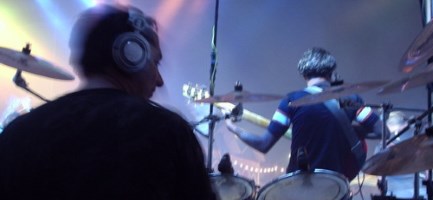In our communication program, we review with participants the foundation of effective communication. To start, we also highlight the basics of the sender–receiver model that forms all types of communication. Whether speaking or writing, I am sending a message and I hope that you will receive and interpret it precisely as I intended to send it. Notice that the operative verb was ‘hope’. That is what makes communication so difficult. Successful communication is both an art and a science. The science is that I have to be as clear and precise as possible such that I can mitigate most of the risk that the message will be interpreted incorrectly.
The “Noise”
One of the factors that we have to take into account is that, when we communicate, most receivers will have some ‘noise’ that interferes with them being able to receive messages accurately. The noise can be physical or psychological. Physical noise can include being distracted because they are driving, eating, typing on smart phones or because the phone or internet connection is poor. A whole variety of reasons in our physical environment interfere with the message. Psychological noise could range vastly as well – from the receiver’s mood at the time that you are speaking to him/her to perceptions of the sender to what others might have said to the receiver before.
Generational Noise
One factor that could be considered noise that a sender might have to overcome is receivers’ perceptions based on their generational identities. Since each cohort has a distinct way of looking at the world and interpreting it based on previous life-experiences, they will filter messages sent through that lens. So it is important to understand what that perspective is so that we can tailor our messages to cut through the generational noise. Or frankly, better yet, we may have to tailor our messages so that they align to generational perspective and will be able to be heard more effectively. Communicating in a way that your receiver hears the message that you intended to send is both an art and a science.

Connect With Us
Contact Us